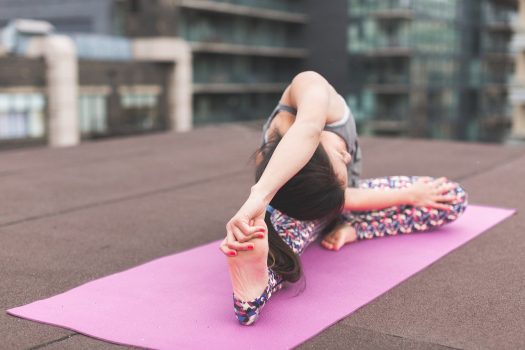Workout at home:- The gym isn’t the only place to get a fantastic workout. Working out at home may be just as beneficial as going to the gym. While a gym offers a specialized area, home training might be more flexible and efficient. It all comes down to how you utilize your time and resources to get the most out of your effort.
Whatever you select, be sure it fits your lifestyle and fitness objectives. The following are some of the benefits and drawbacks of working out at home:
Workout at Home: Pros
It’s pretty handy.
You don’t have to leave your home or work out at set hours, and you may avoid traffic.
There are many different workout at home alternatives to pick from.
You may utilize an app, view a video, or watch lessons live-streamed.
It’s a budget-friendly option.
You don’t need to pay for a gym membership, and you don’t require pricey or sophisticated equipment to enjoy a terrific exercise.
Workout at home: Cons
At home, it’s simple to create excuses.
If you aren’t self-motivated, you may find yourself skipping exercises or cutting them short due to distractions.
Space may be a problem.
You may not have any open spaces, such as a den or a backyard.
You may not be aware of the proper form for particular workouts.
There are no personal trainers at home like there are at the gym. As a result, you risk injuring yourself, so stick to routines you’re already familiar with. What Makes a Good Home Workout?
Good exercise doesn’t have to take long or require expensive equipment like heavyweights. Working exercise for ten minutes, three times a day, maybe just be as beneficial as a single 30-minute session.
You also don’t require any specialized equipment. Running or walking up and down the stairs a few times if you reside in a multistory apartment building or house can assist strengthen your legs while also getting your heart beating.
The essential thing is to begin. Here are some suggestions:
It might be a location in your bedroom, den, patio, or even your front porch or garden. It should at the very least be large enough to accommodate a yoga mat and allow you to extend your arms in all directions without colliding with anything.
Make an exercise schedule
Set aside days and times to exercise, and use a smartphone alarm or reminder to keep yourself responsible. If you’re having trouble staying motivated, join forces with a family member or a friend. Workout apps and videos, and fitness monitoring applications may help you stay motivated to exercise.
It’s important to remember to workout at home. Warming up with walking, cycling, or jumping jacks is a good idea. Cooling down may be as simple as stretching and walking in place.
Jump rope, dance to your favorite music, jog or stroll outdoors, or perform aerobics to mix up your cardio. It’s an excellent exercise as long as it raises your heart rate.
Make use of your body weight. Bodyweight exercises may be just as practical as weightlifting in building muscle when done appropriately. You’ll get the most out of it if you change up your workouts and gradually increase the intensity or length. Keep in mind the following:
Try bodyweight exercises like planks, lunges, squats, stair climbing, and pushups.
Increase the number of repetitions every session to up the ante on your bodyweight circuits.
To avoid injury, be sure you’re using good form. Before starting workout at home, have your condition checked by a professional or view a video lesson online.







